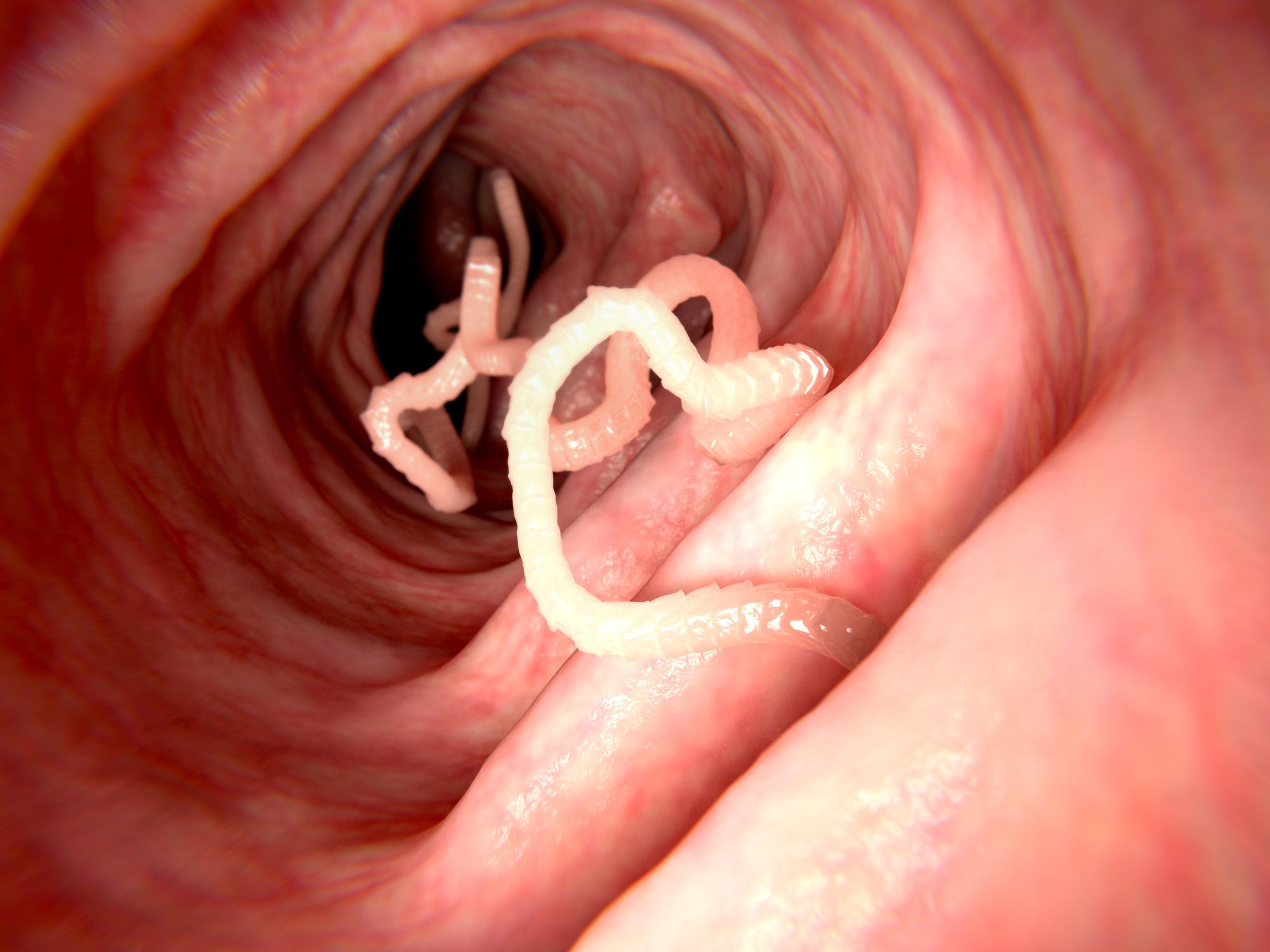

Mebendazole and pyrantel pamoate are the drugs of choice for treating hookworm disease. The buccal capsule must be recovered and examined in order to identify the specific hookworm organism (i.e., whether it is A. stercoralis in order to ensure proper diagnosis and subsequent treatment. It is critical to distinguish these larvae from those of S. Larvae can develop and hatch from eggs in stool that has been allowed to sit at room temperature without the addition of a fixative.

The recovery of hookworm eggs in stool samples is the primary method for laboratory diagnosis. The massive loss of blood could lead to death. Furthermore, because adult hookworms compete with the human host for nutrients as they feed, infected patients may develop microcytic hypochromic iron deficiency, weakness, and hypoproteinemia. Patients with acute infections (>5000 eggs/g of feces) may experience diarrhea, anorexia, edema, pain, enteritis, and epigastric discomfort. These patients may have vague mild gastrointestinal symptoms, anemia, and weight loss or weakness. Chronic infections with a light worm burden (defined as 500 eggs/g of feces) are the most common. The symptoms of hookworm disease in the intestinal phase are determined by the number of worms present. A number of symptoms associated with larvae migration into the lungs are experienced by infected people, including sore throat, bloody sputum, wheezing, headache, and mild pneumonia with cough. Patients who are repeatedly infected with hookworms may experience severe allergic itching at the site of hookworm penetration, a condition known as ground itch. Hookworm Disease: Ancylostomiasis, Necatoriasis A well-balanced diet high in iron, protein, and other vitamins aids in the maintenance of this asymptomatic state. Some people with a light hookworm burden do not show clinical symptoms. Life Cycle of Hookworms Clinical Symptoms duodenale can currently be found in Europe, China, Africa, South America, and the Caribbean. duodenale was historically a parasite of the Old World, it has been transported to other parts of the world via modern world travel. This species is also known to exist in China, India, and Africa as a result of international travel.Īlthough A. North and South America are the primary habitats for N. Those who walk barefoot in feces-contaminated soil are at risk of contracting hookworm in these areas. The specific geographic locations of each hookworm species will be presented later. Because all three organisms require the same soil conditions to survive, mixed infections with any combination of hookworm, Trichuris, and Ascaris are possible. Hookworm infection is common in warm areas where people practice poor sanitation, particularly when it comes to proper fecal treatment and disposal. Hookworm infects nearly a quarter of the world’s population, according to estimates. Necator americanus and Ancylostoma duodenale are commonly known as New and old World hookworm respectively causing diseases or condition such as Hookworm infection, ancylostomiasis, necatoriasis. The egg and larva stages, on the other hand, are virtually indistinguishable. Second, and more importantly for identification, the adult worms of each species differ slightly in morphology. First, the geographic distribution of each organism varies slightly. There are two major distinctions between the two organisms. Hookworm refers to two different organisms: Necator americanus and Ancylostoma duodenale.


 0 kommentar(er)
0 kommentar(er)
